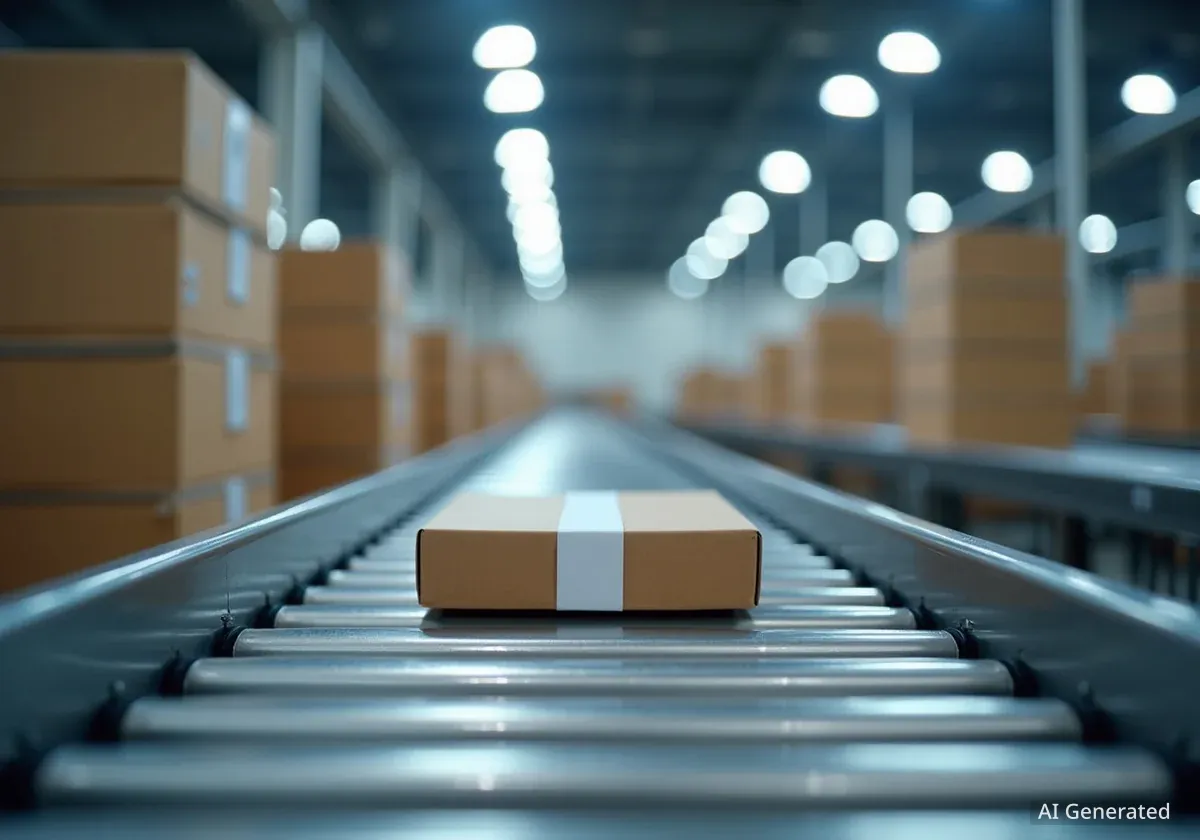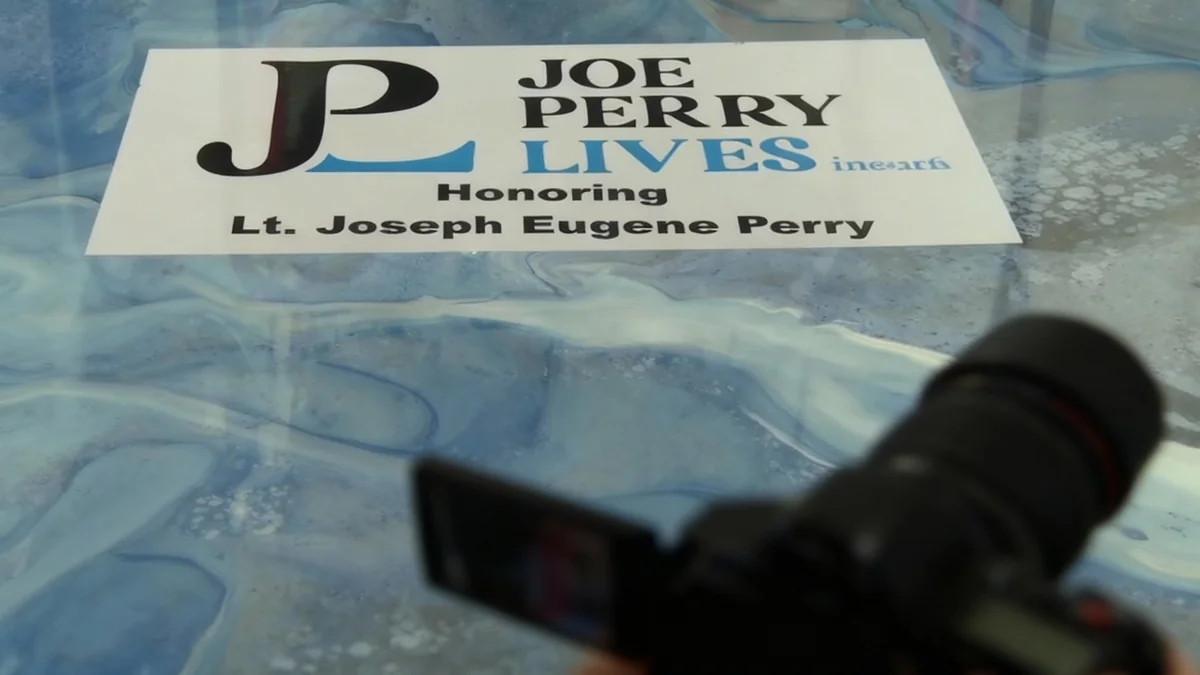A new packaging solution designed for the rapidly growing market of GLP-1 medications aims to solve key logistical challenges in the pharmaceutical supply chain. Developed by Nordic Cold Chain Solutions, the mailer ships flat and replaces bulky coolers, significantly reducing warehouse space requirements while maintaining strict temperature controls necessary for these sensitive drugs.
Key Takeaways
- A new flat-shipping mailer has been introduced for temperature-sensitive GLP-1 medications.
- The design replaces traditional bulky coolers, saving significant warehouse and transit space.
- It is engineered to maintain the required temperature range during shipment, ensuring drug efficacy and patient safety.
- The solution addresses the logistical strain caused by the surging global demand for GLP-1 drugs used for diabetes and weight management.
The Surging Demand for GLP-1 Medications
The global pharmaceutical market has seen an unprecedented surge in demand for GLP-1 (glucagon-like peptide-1) receptor agonists. These medications, which include well-known brands like Ozempic and Wegovy, were initially developed for managing type 2 diabetes but have gained widespread popularity for their effectiveness in weight management.
This explosive growth has placed significant pressure on every aspect of the supply chain, from manufacturing to final-mile delivery. As millions of new patients begin treatment, the logistics of distributing these temperature-sensitive drugs safely and efficiently have become a critical focus for the healthcare industry.
Market Growth Statistics
According to industry reports, the global market for GLP-1 drugs is projected to exceed $100 billion by 2030. This rapid expansion necessitates innovations in packaging and distribution to keep pace with demand.
Challenges in Cold Chain Logistics
GLP-1 medications are biologics, which means they are sensitive to temperature fluctuations. Exposure to temperatures outside their recommended range, typically between 2°C and 8°C (36°F and 46°F), can degrade their active ingredients, rendering them ineffective or even unsafe for patients.
Ensuring this temperature stability throughout the shipping process, known as the "cold chain," presents several challenges:
- Bulky Packaging: Traditional methods often rely on large, insulated coolers with gel packs, which are heavy and occupy substantial space in warehouses and delivery vehicles.
- High Costs: The size and weight of conventional coolers increase shipping costs. Furthermore, the materials themselves, such as expanded polystyrene (EPS) foam, can be expensive and difficult to dispose of sustainably.
- Warehouse Inefficiency: Storing large quantities of pre-assembled coolers consumes valuable warehouse real estate, a significant operational cost for pharmaceutical distributors and mail-order pharmacies.
What is the Pharmaceutical Cold Chain?
The cold chain refers to the uninterrupted series of refrigerated production, storage, and distribution activities required to maintain a given temperature range for a product. For many modern medicines, including vaccines and biologics like GLP-1s, a broken cold chain can result in a complete loss of product potency.
A New Approach to Pharmaceutical Shipping
The new mailer solution from Nordic Cold Chain Solutions directly addresses the spatial inefficiencies of traditional packaging. By designing a system that ships and stores flat, the company enables distributors to manage inventory more effectively. The mailers are assembled only when needed for packing a prescription, freeing up significant floor space.
This "just-in-time" assembly model is a stark contrast to the conventional practice of storing stacks of pre-formed coolers. For large-scale mail-order pharmacies shipping thousands of prescriptions daily, the cumulative space savings can translate into major operational efficiencies and cost reductions.
Maintaining Temperature Integrity
While space-saving is a key feature, the primary function of any pharmaceutical packaging is to protect the product. The new mailer is engineered with advanced insulation materials and thermal technology to maintain the required temperature range for the duration of transit.
The system is designed to provide a reliable thermal barrier against external ambient temperatures, whether the package is in a climate-controlled facility, a delivery truck, or on a patient's doorstep. This ensures that the medication arrives with its therapeutic efficacy intact, which is paramount for patient safety and treatment outcomes.
"Innovations in packaging are crucial for supporting the growth of advanced therapeutics. A solution that saves space without compromising temperature control can fundamentally change the economics of pharmaceutical distribution."
Impact on Sustainability and Operational Costs
The shift away from bulky coolers also carries potential environmental and financial benefits. The compact, flat-shipping design reduces the overall volume and weight of shipments, which can lead to lower fuel consumption and carbon emissions during transportation.
From a cost perspective, the benefits extend beyond warehousing. Reduced shipping weight and dimensions, often referred to as dimensional weight (DIM), can lead to significantly lower courier fees. Over thousands of shipments, these savings can become substantial for healthcare providers and pharmacy benefit managers.
Streamlining the Packing Process
An efficient packaging solution must also be practical for fulfillment center staff. The design of the flat-shipping mailer is intended to be simple and quick to assemble. This helps streamline the packing process, allowing pharmacies to fulfill a higher volume of orders without a proportional increase in labor costs.
As the volume of GLP-1 prescriptions continues to climb, the ability to pack and ship orders quickly and reliably becomes a competitive advantage. Solutions that reduce complexity and handling time in the fulfillment process are therefore highly valued in the industry.
Ultimately, this type of packaging innovation represents a critical step in modernizing the pharmaceutical supply chain to meet the demands of a new era in medicine. By addressing the practical challenges of space, cost, and temperature control, it helps ensure that breakthrough medications can reach patients safely and efficiently.





